

Empowering Farmers with Digital Guidance
The NextGenAgroadvisory is a comprehensive system that utilizes location-, context-, and climate-specific data to provide agricultural advisories. These advisories include optimal fertilizer application, integrated soil fertility management (ISFM), climate information services, climate-smart agricultural activities, pest and disease surveillance, and other relevant agricultural investments. The system uses machine learning algorithms to analyze various data points and generate precise recommendations for fertilizer application and other agricultural practices.
This technology is pre-validated.
The NextGenAgroadvisory is an advanced digital tool designed to provide tailored agricultural guidance for farmers, specifically focusing on optimizing wheat, teff and maize cultivation. It addresses common challenges such as nutrient management, weed infestation, yield uncertainties, climate risks, and limited access to offline resources.
To integrate NextGenAgroadvisory Into Your Project,
Develop communication materials such as flyers, videos, and radio broadcasts to encourage farmers to adopt NextGenAgroadvisory.
To successfully implement NextGenAgroadvisory in your country, consider partnerships with agricultural development institutes, research organizations, and digital technology providers. Their expertise can support training efforts, promote the app among farmers, and potentially customize it to suit local conditions.
Wheat yield increased
Unknown
Scaling Readiness describes how complete a technology’s development is and its ability to be scaled. It produces a score that measures a technology’s readiness along two axes: the level of maturity of the idea itself, and the level to which the technology has been used so far.
Each axis goes from 0 to 9 where 9 is the “ready-to-scale” status. For each technology profile in the e-catalogs we have documented the scaling readiness status from evidence given by the technology providers. The e-catalogs only showcase technologies for which the scaling readiness score is at least 8 for maturity of the idea and 7 for the level of use.
The graph below represents visually the scaling readiness status for this technology, you can see the label of each level by hovering your mouse cursor on the number.
Read more about scaling readiness ›
Uncontrolled environment: tested
Common use by projects NOT connected to technology provider
| Maturity of the idea | Level of use | |||||||||
| 9 | ||||||||||
| 8 | ||||||||||
| 7 | ||||||||||
| 6 | ||||||||||
| 5 | ||||||||||
| 4 | ||||||||||
| 3 | ||||||||||
| 2 | ||||||||||
| 1 | ||||||||||
| 1 | 2 | 3 | 4 | 5 | 6 | 7 | 8 | 9 | ||
| Country | Testing ongoing | Tested | Adopted |
|---|---|---|---|
| Ethiopia | –No ongoing testing | Tested | Adopted |
This technology can be used in the colored agro-ecological zones. Any zones shown in white are not suitable for this technology.

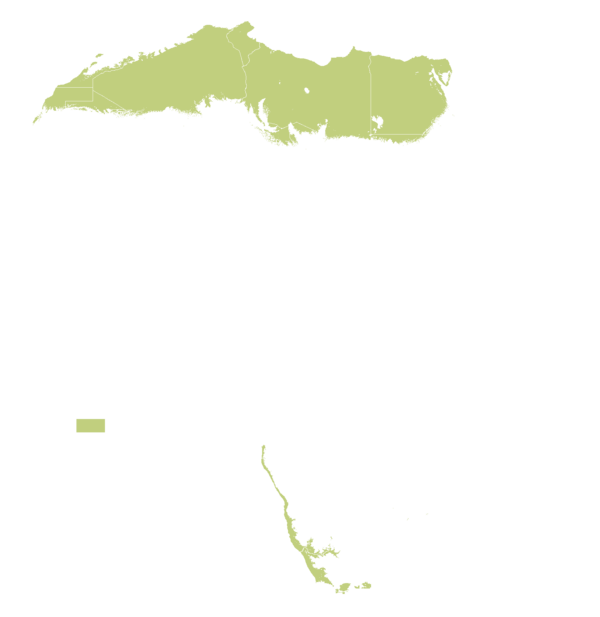

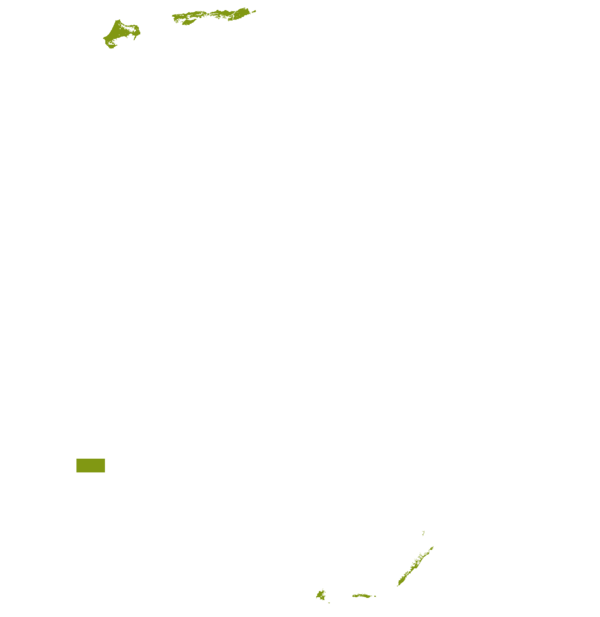






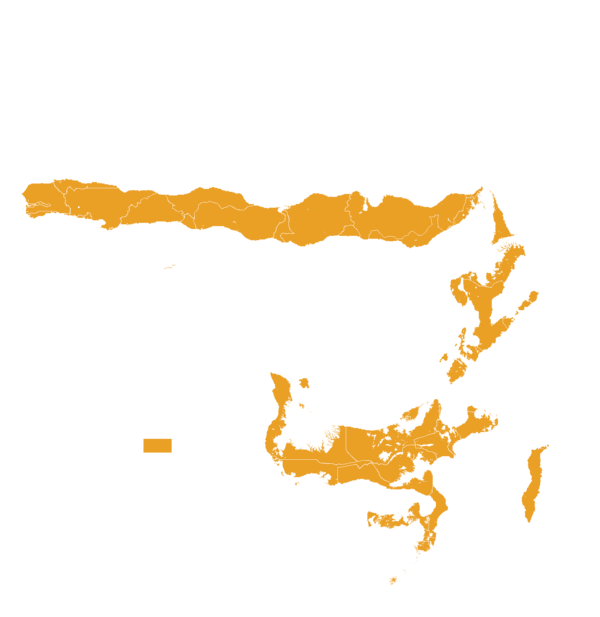


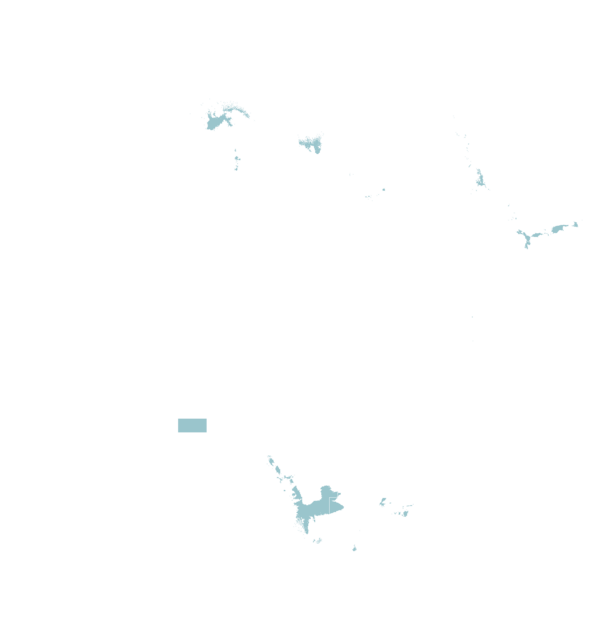

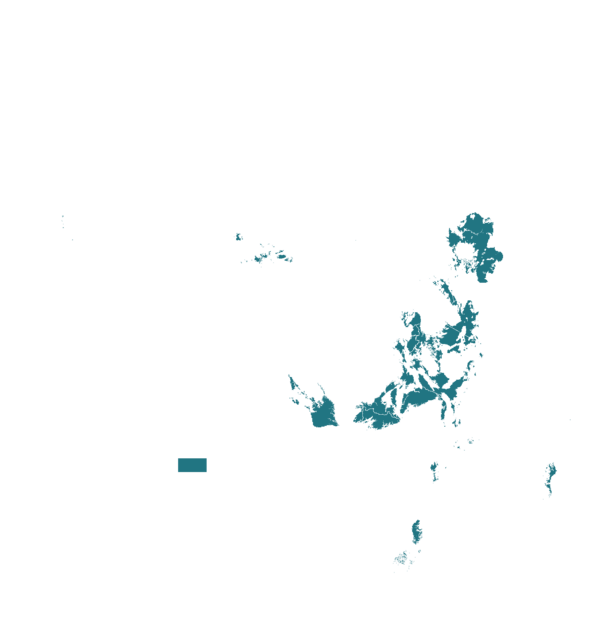
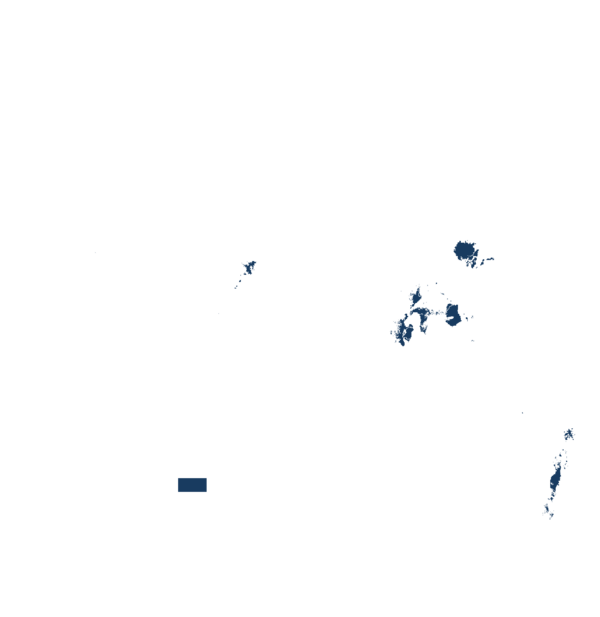
| AEZ | Subtropic - warm | Subtropic - cool | Tropic - warm | Tropic - cool |
|---|---|---|---|---|
| Arid | ||||
| Semiarid | ||||
| Subhumid | ||||
| Humid |
Source: HarvestChoice/IFPRI 2009
The United Nations Sustainable Development Goals that are applicable to this technology.
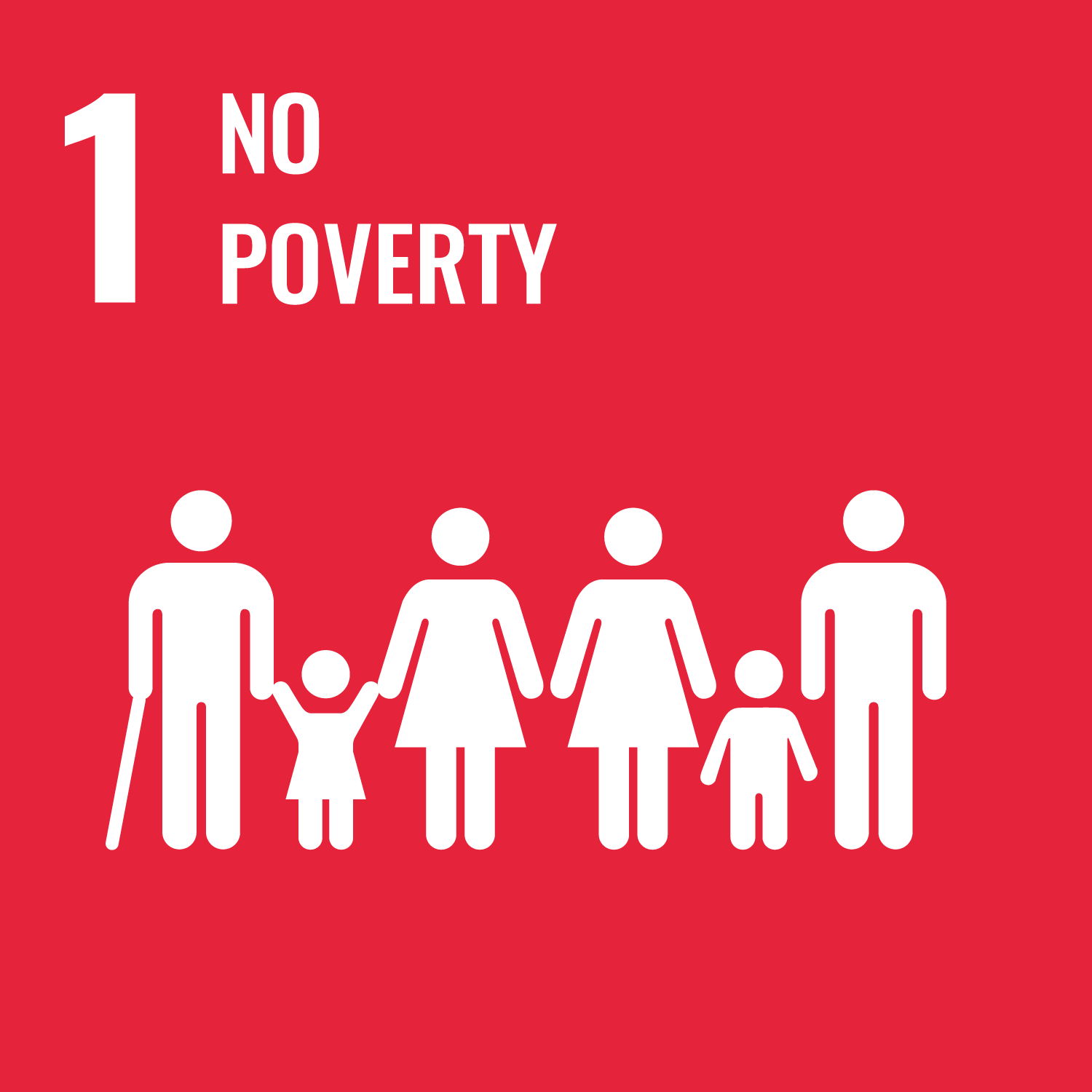

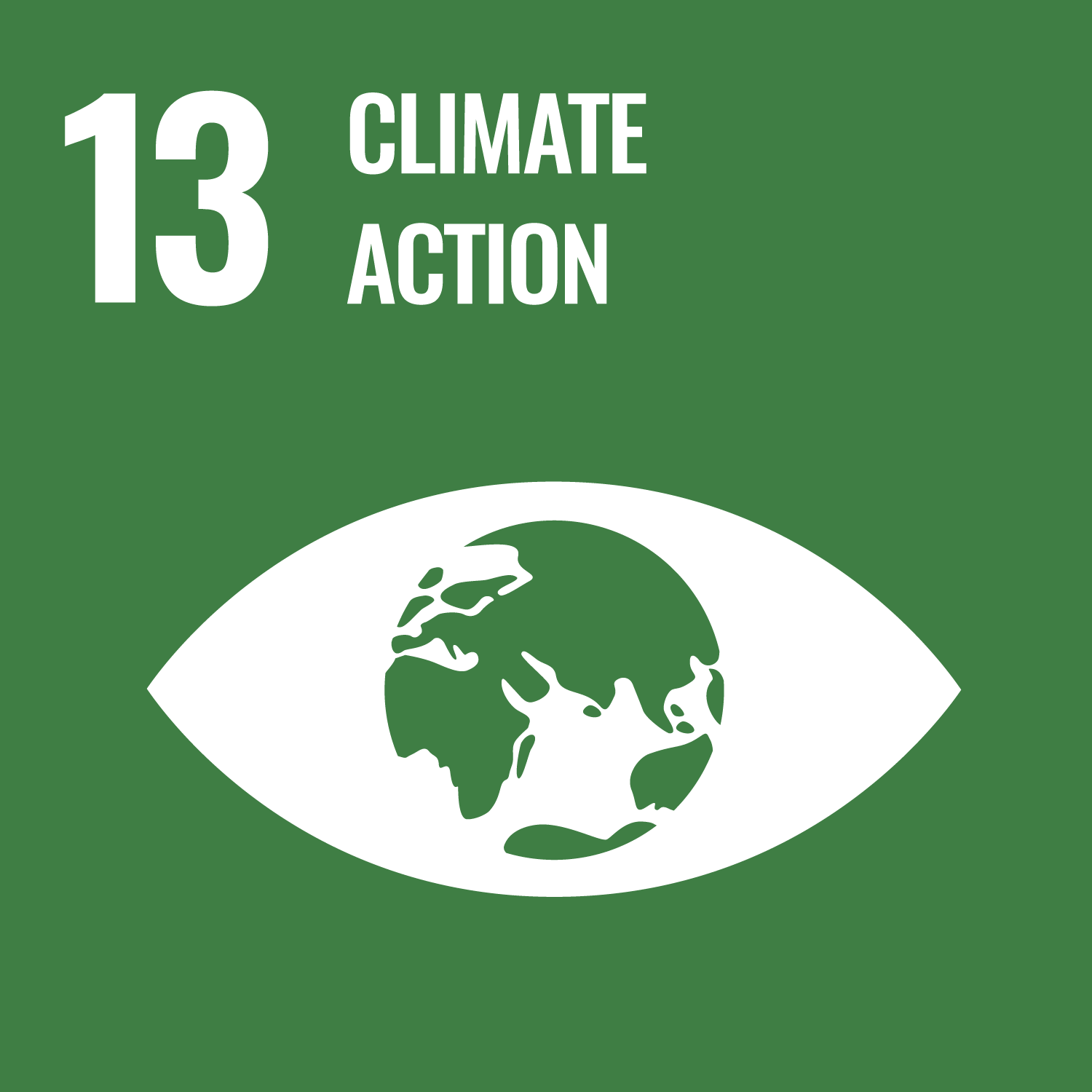
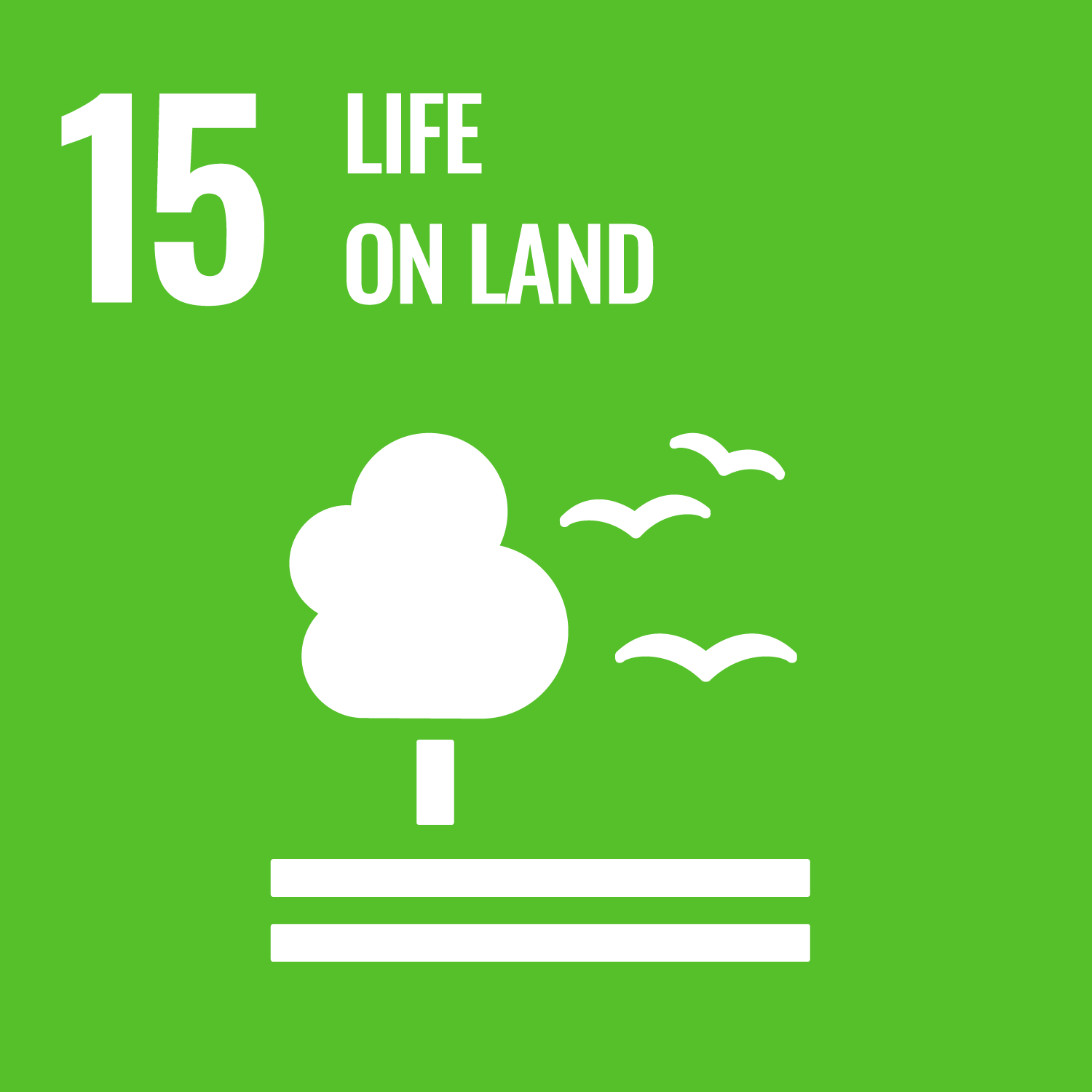
The system leverages a combination of technologies including APIs, chatbots, web apps, and high-resolution maps to disseminate customized advisories.
Last updated on 30 August 2024